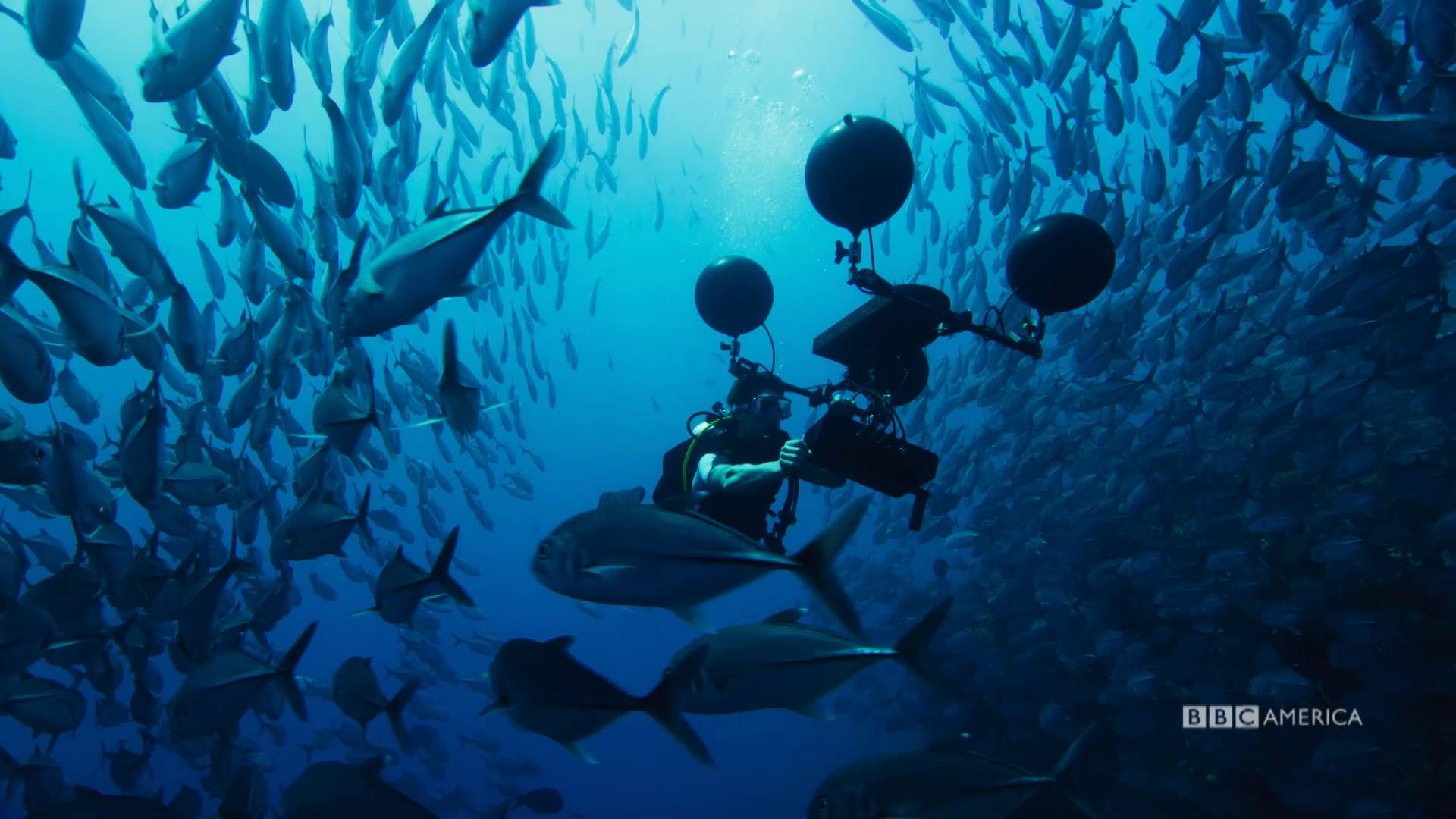

The planet's coasts are changing fast as they are among the most built-up areas of the world.

Then they face a month with no food, before they can return to their natural home, the chilly Antarctic seas. First they must cross the biggest wall of blubber on the planet - thousands of gigantic elephant seals. Once a year, king penguins return to the cold Antarctic shores of South Georgia for a month-long moult. A male tries to attract a mate, but waves are a constant hindrance. It lives in miniature caves above the tide lines and uses its tail like a coiled spring to jump from rock to rock. Meanwhile, in the remote Pacific islands lives the most terrestrial fish on the planet. Desperate dads must escape the faster and more aerobatic skuas before finally delivering a meal to their young puffling. A father returns with one precious beakful of food. Puffins fly up to 30 miles out to sea to find food for their chicks. Over millennia these forces carve exquisite coastal sculptures and cliffs that are home to huge colonies of seabirds. Predatory starfish turn a magical garden into the stuff of nightmares.Īll around the world, immense waves pound the shore, and this episode reveals some of the largest on the planet, over 30 metres high. But these temporary worlds are a battleground. Elsewhere, the ever-changing tides create rock pools. Both crawl across dry rock to set their ambush. Moray eels launch themselves from rock pools, jaw gaping. Once trapped in the shallows, these huge fish are easy pickings.Īs the tide recedes in Brazil, lightfoot crabs leap from rock to rock, desperately avoiding the water - their lives depend on it. But here the sea lions club together to herd their prey inshore. It should be impossible - tuna are usually far too fast for sea lions to catch. In a secluded cove in the Galapagos, sea lions feast on 60kg tuna.

We meet fish that live on dry land and puffins that must travel 60 miles or more for a single meal, and witness a life-and-death struggle in a technicolour rock pool. This episode is a rollercoaster ride of heart-stopping action and epic drama, peopled with characters from the beautiful to the bizarre. The extraordinary animals that live here must find ingenious ways to cope with two very different worlds. Coasts are the most dynamic and challenging habitats in the ocean - that brings great rewards but also great danger.


 0 kommentar(er)
0 kommentar(er)
